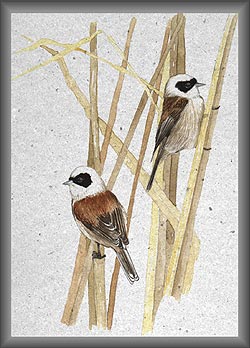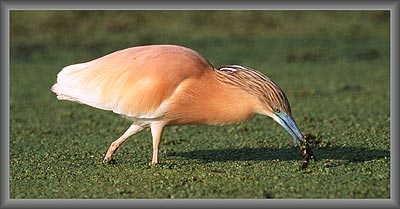The Marshes play a fundamental role in the migratory route between the Tyrhennian coast and hinterland; over 200 species of birds can be seen during the year.
The marshland offers exceptional opportunities for birdwatchers and nature photographers, especially during the spring migration.
The herons are a particularly important feature here, where they are concentrated in a large heronry, a veritable "city of herons" with thousands of birds consisting of the parents, and last year's immatures. This is the most important nesting colony in south-central Italy, both on account of the number of breeding pairs (about 1000) and the simultaneous presence of seven different species: Night Heron, Little Egret, Squacco Heron, Cattle Egret, Grey Heron, Great White Egret and Purple Heron.
Among the mammals, as well as the invasive Coypu or Nutria (Myocastor coypus), the Harvest Mouse (Micromys minutus), the smallest European rodent, deserves special mention because of its naturalistic and bio-geographical interest.
The Fucecchio Marshes can boast a particularly numerous and well acclimatised population and is the recognised southernmost limit for the species.
Though perhaps less studied, the microfauna is just as rich and important. In a long term study (lasting several years) Prof. Arnaldo Bordoni found over 1000 species of Coleopterans. Like for the flora, the area offers an extremely important shelter for marsh-loving beetles associated with colder climates, the same species that occur in the peat bogs of central-north Europe.
Finally, we should also mention the recent spread of the Red Swamp Crayfish (Procambarus clarkii), another "alien" species introduced from the American continent.





